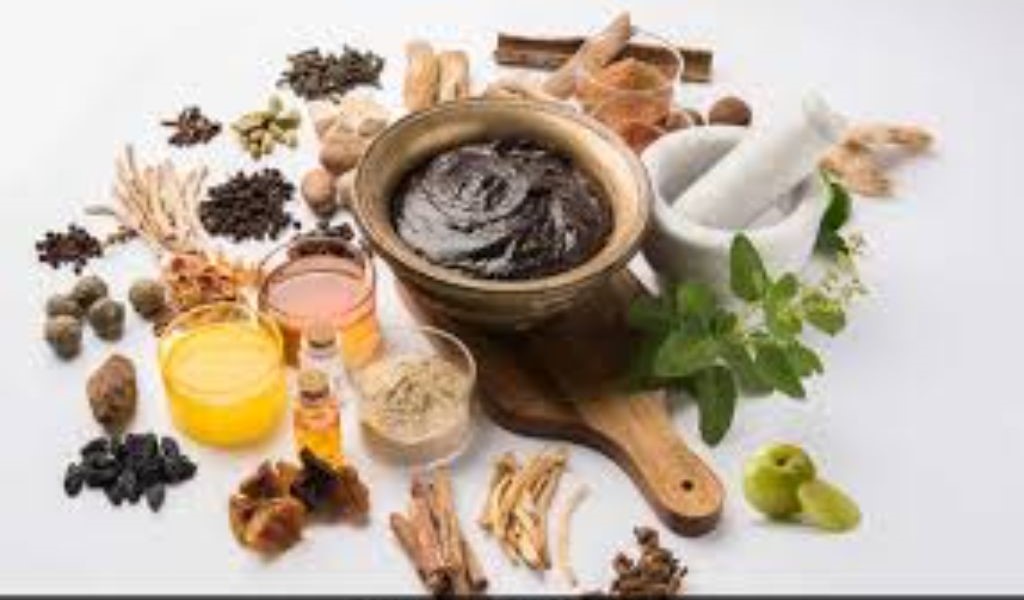Joint pain can restrict movement and bring forth pain in the body. In Ayurveda, treating joint pain is very easy.
The key is to understand which category your joint pain fits in. Failure to understand the type of joint pain can lead to the wrong treatment. There are three major categories of joint pain, according to Ayurveda.
- The first of which is called “aamvata”(pain due to undigested food in the body). In this category, the patient suffers from “shifting joint pain” or the pain which migrates from joint to joint. Sometimes it is the elbow, sometimes it is the knee, sometimes the shoulder. This condition will also show swelling and stiffness of the joints and relief on exercise or movement and massages. Oil application on the other hand will increase the pain and worsen the situation.
Symptom: The tongue of such a patient will be coated and even after scraping the tongue, the coating will persist. This demonstrates that there is “aam” or undigested food in the body. The pain and stiffness will reduce as the sun goes up but in the morning hours, it can be unbearable. This sort of migrating pain has to be dealt with differently than the other types.
Diet: The diet has to be light that can be easily digested. It should comprise of moong, rice, digestive soups, boiled vegetables and easily digested food. The person must avoid all dairy products (except cow’s milk, cow’s ghee and butter, which are good lubricants), non-veg food, bread, biscuits and other bakery products, raw foods like salads, sour, spicy or fermented food (idli, curd, bread etc), fried food. One must exercise daily either brisk walking for 2 to 3 km or by practising yoga postures.
Once the undigested food is digested, the pain will vanish and one can resume one’s normal lifestyle.
- The second type of joint pain is known as “vata-rakta” (air movement due to vitiated blood), wherein the pain and swelling start from small joints like the finger joint in the hand or the toes but soon all the joints in the body get involved.
This could be because of an increase in the serum creatinine levels and/or uric acid levels of the patients that suffer from this condition. There is a vitiation of blood here along with an increase in air element in the body (vata dosha) and therefore skin problems and nervous problems are sometimes associated with this disease.Symptom: The patient does not have a white coating on the tongue but feels as if the air is moving when the joint is pressed. Anything hot and spicy becomes unbearable to the patient and he feels as if the pain is pricking and comes in waves or spasms. Patients sometimes burp when any of these affected joints are pressed.
Diet: This condition requires the patient to take a diet that is easily digestible but not very hot in potency. Blood-letting (Raktamokshan) is a process in Ayurveda wherein the dushit or vitiated blood is sucked out of the body. This process is very effective in this disease. The person should not eat anything dry, should avoid things like bhel, popcorn, khakra, khari biscuits etc, not have anything heavy to digest like wheat or wheat products including bread, biscuits, etc. The person should use a lot of cow’s ghee and cow’s milk and should compulsorily avoid cold food and drinks.
- The third type of joint pain is one of the most common types known as “Sandhigata Vata.”(Air vitiation in joints)
Symptoms: The person suffering from this type will have swelling and pain in the joint. This pain may be a dull pain throughout the day or sharp spasmatic pain. It is said in the ayurvedic scriptures that the swelling feels as if it is filled with air(Vayu). This pain generally starts in one of the major joints like knee, shoulder, lumbar, cervical, elbow or ankle joints. It then spreads to all joints eventually. The X-ray generally shows osteophytes and osteoarthritic or osteoporotic changes. This type of joint pain is divided into 2 sub-categories:
- Upasthambhit sandhigatavata- In this type of joint pain, the patient has a coating on the tongue, stiffness in the morning, relief on massage, relief on exercise and pain decreases as the day moves on. For this type of pain, the patient should take a light diet like mentioned in “aamvata,” also the patient should add dry ginger powder (sooth) to the normal drinking water in the ratio of 1 tbsp per litre. Exercise daily is a must for help in relieving pain. Avoid sleeping during day time and stay as active as possible. For such a patient, staying active and exercising despite the pain will give tremendous relief eventually.
- Nirupasthambit sandhigatavata- In this type of joint pain, the patient has no coating on the tongue, no stiffness in the morning, the pain increases on massage, there is more pain on exercising and the pain increases as the day moves on. For this type of pain, the patient should take more kadva or bitter food. Milk and milk products are extremely helpful with the exception of curd or dahi. Smoking and drinking are extremely harmful to such a person, and cow’s ghee is extremely beneficial to the same. Rest and day sleeping is beneficial to such a person. Ayurvedic medication is a must to improve the condition as it does not improve significantly on its own but is very easily cured compared to the other types of joint pain by Ayurveda.

